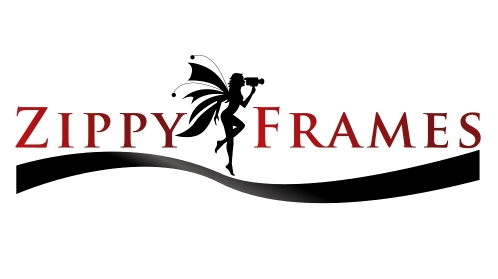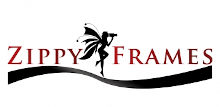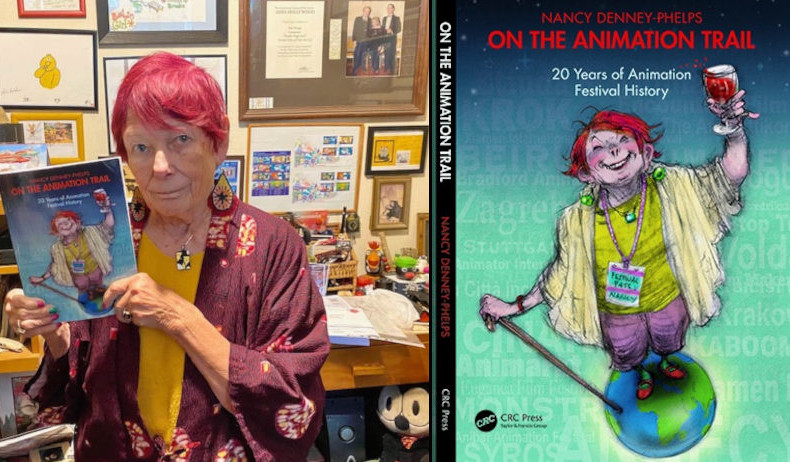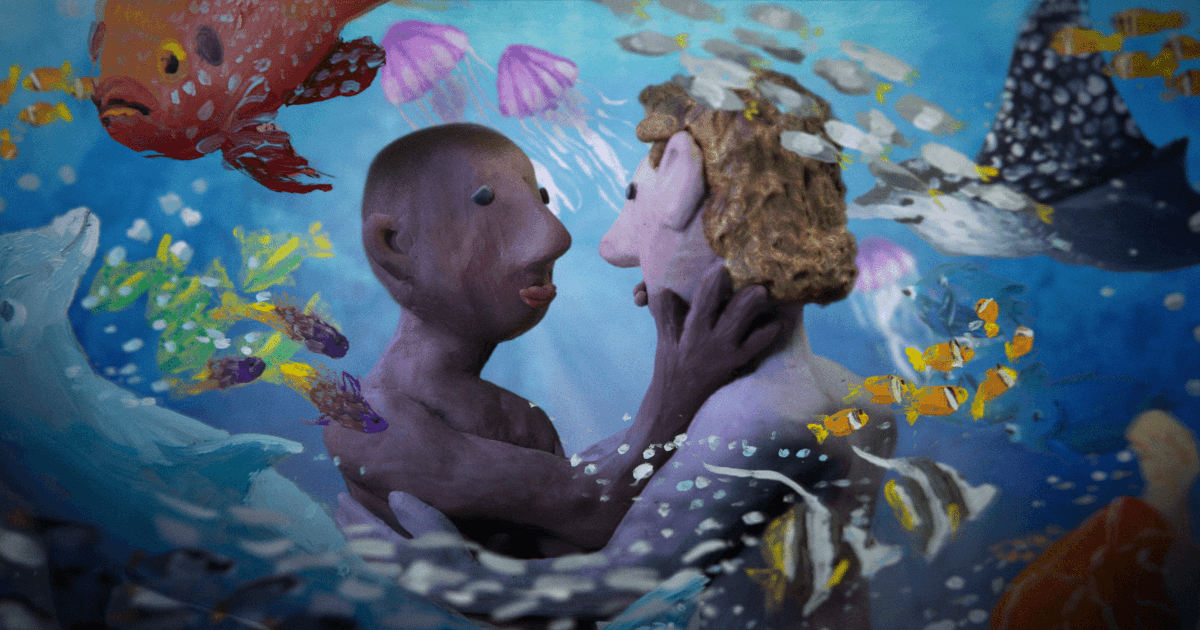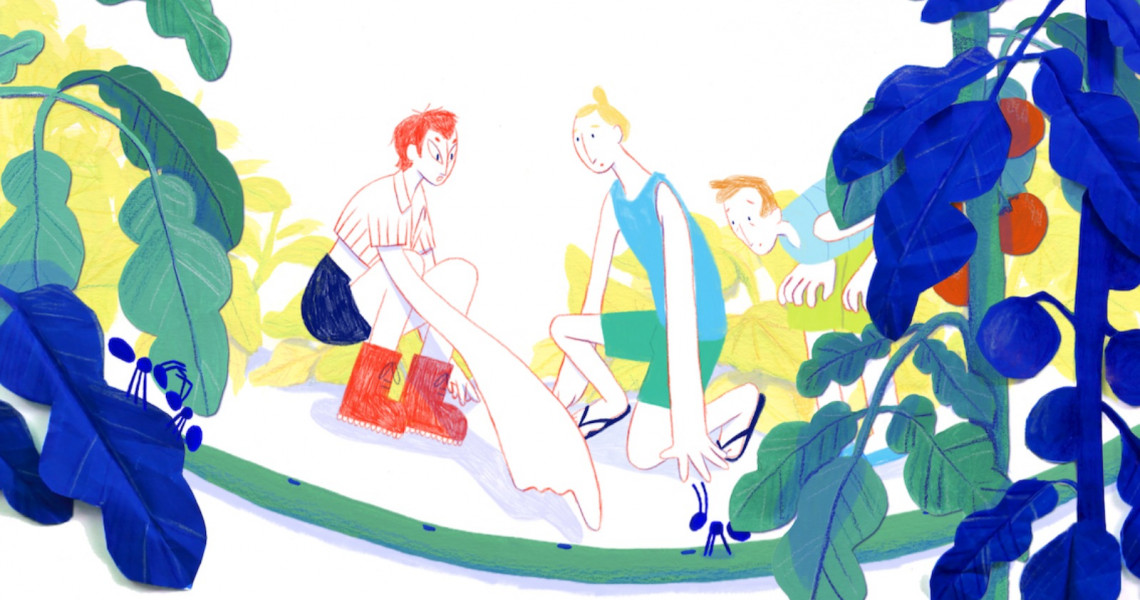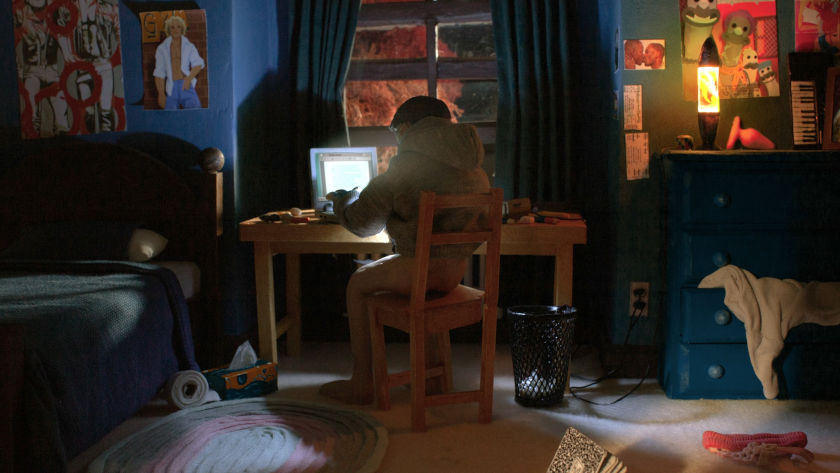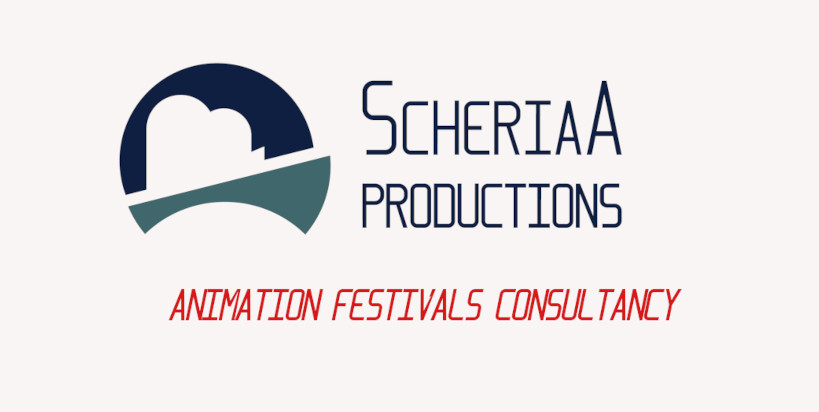“It Started With Stealing Paper and Now We’re Trying to Make a Feature”: Chintis Lundgren’s Masterclass at Animateka (GoCritic! Review)
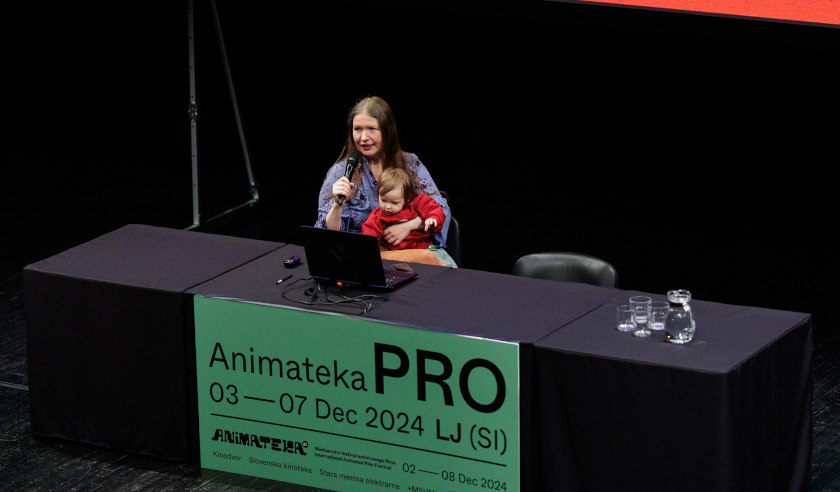
It was impossible to attend Ljubljana's 21st Animateka festival without encountering Chintis Lundgren’s peculiar critters. Not only was she a member of the international competition jury and an artist-in-residence, but an exhibition entitled “Bad Love is Easy to Do” was dedicated to her work at the gallery inside Kinodvor, one of the festival's main venues.
Even more noticeably, she was responsible for the festival’s visual identity this year: she designed the posters, directed the event’s trailer (with animation by Matjaž Lavrenčič and music/sound by Matjaž Moraus Zdešar) and her iconic bird-characters could be found all over the screening-venues.
To top things off, the Estonian-born, Angoulême-based artist also gave a masterclass on the sixth and penultimate day of the festival as part of the AnimatekaPRO program. Although the masterclass didn’t have an official title, Lungren playfully dubbed it “How to accidentally become an animator without schools or studios” — adding that she hoped there were students and aspiring animators in attendance.
Lundgren’s first brush with directing came when she was hired as a storyboard artist by an advertising agency. This opportunity was presented to her at a time when she was dissatisfied with her seven-year long career as a painter. “I hated drawing at that point,” she recalls, “but I lied to them...”
Drawing quickly grew on her and she worked on her very first film during a company retreat. Her technique at the time was bare-bones; in the masterclass, Lundgren explained that she had cobbled-up rotoscoping by taking screenshots of videos at random intervals, adding that she didn’t know what “frames per second” meant at the time. She made these confessions as a way to encourage young animators to show their own work: “This is my very first animated thing; I'll show it to you so you don’t have to be embarrassed about your first film any more,” she said.
The charming results already contain some of her trademarks: drinking, birds, romance, and sexuality. Just as Lundgren was being joined on stage by her young daughter — fittingly dressed in a bird-adorned sweatshirt — text appeared on the screen: “The following film should not be viewed by minors.” Lundgren laughed it off: “She’s too young to understand.” The masterclass had an irreverent tone, much like her films.
The debut work impressed Lundgren’s creative director, who, in 2008, assigned her to make animated commercials for one of the agency’s clients. The ads were deemed too “artsy” by the client, but they did spark something in Lundgren: the aspiration to become an animator.
After meeting an established director at a bar, Lundgren learned about film festivals and decided to animate her first 'proper' short: 'The Great Grey Shrike' (2009). The six-minute long film illustrates facts about birds with her usual impertinent tone — depicting starlings drinking alcohol and owls wrapping their tongue around other birds to swallow them, to the strains of piano music by Kristjan Raidna and gentle narration by Inge Ting. 'The Great Grey Shrike' dispenses with rotoscoping and is more technically advanced than Lundgren’s previous works, although it remains fairly simple.
Watch 'The Great Grey Shrike'
During her masterclass, Lundgren recounted using Faber-Castell 6B pencils and copy-paper stolen from her work-place (she recalls that was underpaid, so “it made sense”), as well as a light-table for the first time in her career. She would photograph her drawings and color them digitally before assembling the film on video-editing software. She estimated the budget of the film to be around €5.
Beyond the festival circuit, Lundgren was looking for paying clients. As she advised the audience of her masterclass: “If clients can’t find you, you can find them.” She recounted that she wanted to bring her film to the attention of the Estonian Ornithological Society — and that, by chance, they had designated the “Estonian Bird of the Year” to be the great grey shrike shortly after the completion of her film. After she contacted them, the Society commissioned more films from Lundgren — including 'Dangerous Migration Route' (2011), which was selected for Annecy.
The way the artist recounted her career sounded like she had stumbled upon it by accident and then cheated her way to the top, events snow-balling until she found herself a renowned director. This self-deprecating tone did not fool the audience — as someone pointed out during the Q&A section at the end of the masterclass. Lundgren’s work got noticed because it was unique and funny, not just because she got lucky.
Readers will similarly be aware of the amount of work that goes into animation — even when rotoscoping at four frames per second — and realize that becoming an animator can’t be an accidental happening. Lundgren was also openly eager to share advice with emerging filmmakers (as demonstrated by some of the quotes in this article.)
The director stressed the importance of collaborators in animation. She talked about the influence her life partner Draško Ivezić had on her work. The collaboration started with Ivezić inviting her to residencies and giving her feedback — she claimed his comments made 'Life with Herman H. Rott' (2015) “watchable”. When developing 'Manivald' (2017), she decided to bring Ivezić on board as a co-writer. It was also then that Ivezić insisted they could not make the film without financial support.
Until this point, all of Lundgren’s (non-commissioned) work had been self-produced. During the masterclass, she recalled that she had not even tried to apply for funding: “I thought they would just not give it to me because I’m a nobody.” It was Ivezić — a “natural-born producer” in Lundgren’s eyes — who pushed her to apply for funding.
Manivald (2017) Trailer:
'Manivald' was thus a co-production between Chintis Lundgreni Animatsioonistuudio, Adriatic Animation (Ivezić’s studio), and the National Film Board of Canada, with support from the Estonian Film Institute, the Cultural Endowment of Estonia, the Croatian Audiovisual Center, and the City of Zagreb — a long way from the €5 nano-budget Lundgren had for her debut; looking ahead, Lundgren and Ivezić are currently developing a feature film. Her masterclass could be summed up in one sentence: dare to put your work out there.
contributed by: Arsène Rosenmann
